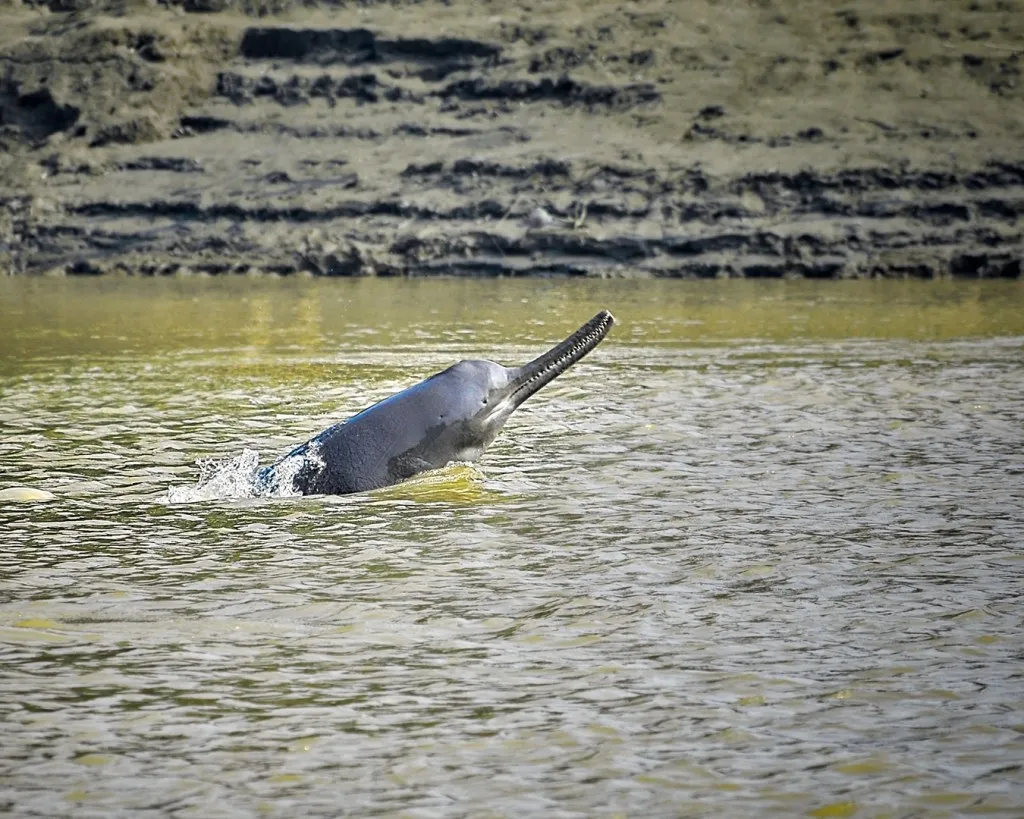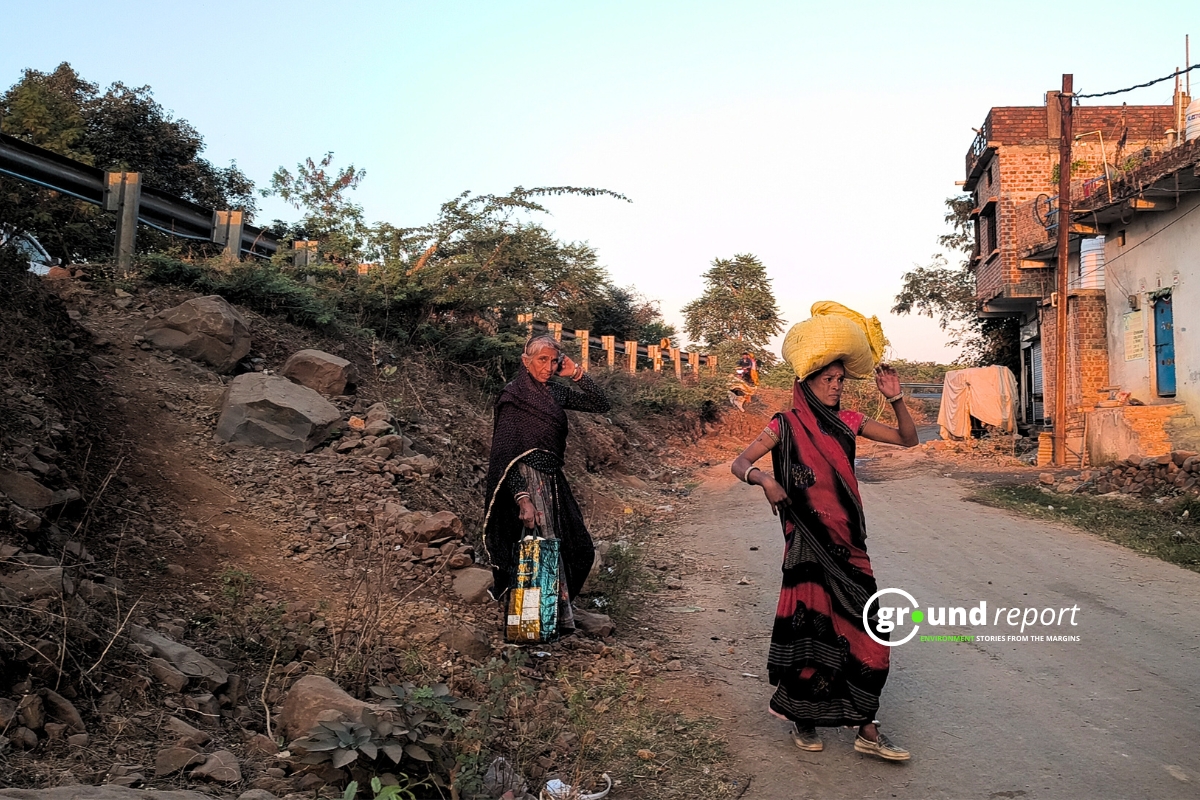We don’t really associate dolphins with rivers but there is the Ganges river dolphin that is quite unique and one of the rarest dolphins on this earth. It is distributed throughout the Ganges-Brahmaputra-Meghna and Karnaphuli river systems in India, Nepal, and Bangladesh. Interestingly, it is one of the oldest dolphin species and can only survive in fresh waters.

These dolphins play the role of a top predator and are an ecosystem-indicated species. Quite like a tiger in a forest. Hence, they are also called the ‘Tiger of the Ganges’.
In 1996, the IUCN (International Union for Conservation of Nature) red list categorized the species as endangered due to its rapid decline in population.
At present, there are not more than 2,500 of these dolphins. And, the majority of them are now found in the Brahmaputra river system. Another interesting thing about them is that they are functionally blind and rely on echolocation to navigate and hunt.
Conservation initiatives by organizations
Major threats to the dolphins are water-related infrastructures like dams, barrages, and embankments. Many conservation projects have been implemented to save the Ganges river dolphins from extinction.
On the 74th Independence Day, Prime Minister Narendra Modi announced Project Dolphins to conserve both the river and oceanic dolphins.
MoEFCC
In 2020, the Ministry of Environment, Forest and Climate announced its plans to implement Project Dolphins.
The project would be on the lines of Project Tiger, which helped increase the Tiger population. In addition, this is a 10-year project focusing on both river and sea dolphins. Furthermore, the aim would be to strengthen biodiversity, create employment and attract tourism.
The project focuses on the conversation of Dolphins in general.
World Wildlife Fund, NGO
WWF identified optimal habitats in nine stretches in eight rivers for river dolphins and prioritized conservation. Furthermore, they conducted education and awareness programs for fishermen and riparian communities that live along the rivers.
A strategy and action plan for the conservation of the Ganges river dolphins is formulated for Uttar Pradesh with the help of the State Forest Department.
Aaranyak, an Indian charitable trust
Aaranyak established Gangetic Dolphins Research and Conservation Division (GDRCD) in 2005. The organization aims to conserve Gangetic dolphins through research-based investigation and active participation of all concerned stakeholders in Assam.
In collaboration with the State Fishery Department, they conducted fisherman awareness campaigns on sustainable fishing and entanglement and overfishing.
Keep Reading
Part 1: Cloudburst in Ganderbal’s Padabal village & unfulfilled promises
India braces for intense 2024 monsoon amid recent deadly weather trends
Support us to keep independent environmental journalism alive in India.
Follow Ground Report on X, Instagram and Facebook for environmental and underreported stories from the margins. Give us feedback on our email id greport2018@gmail.com.
Don’t forget to Subscribe to our weekly newsletter, Join our community on WhatsApp, and Follow our YouTube Channel for video stories.









